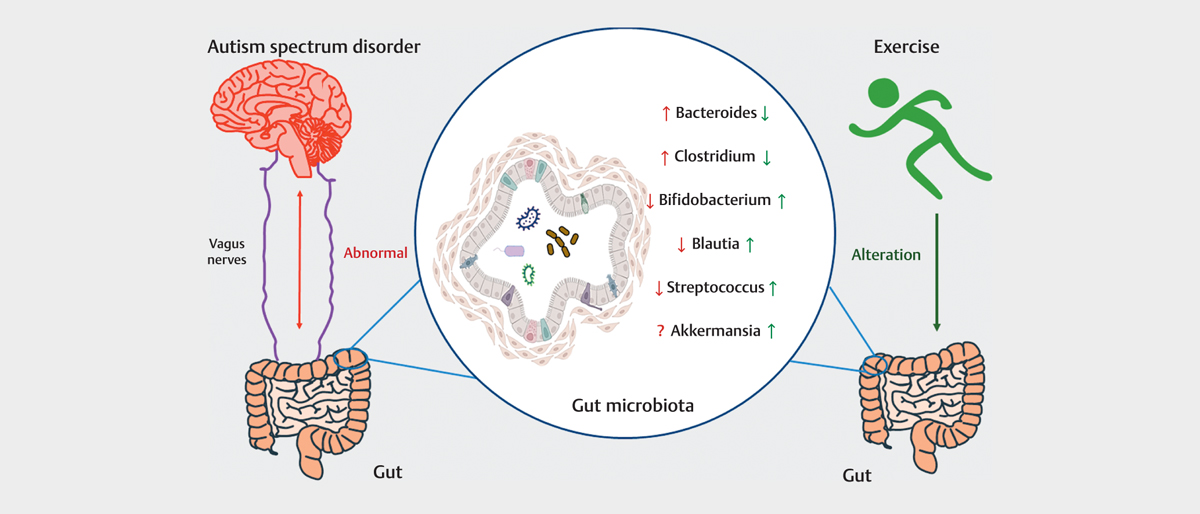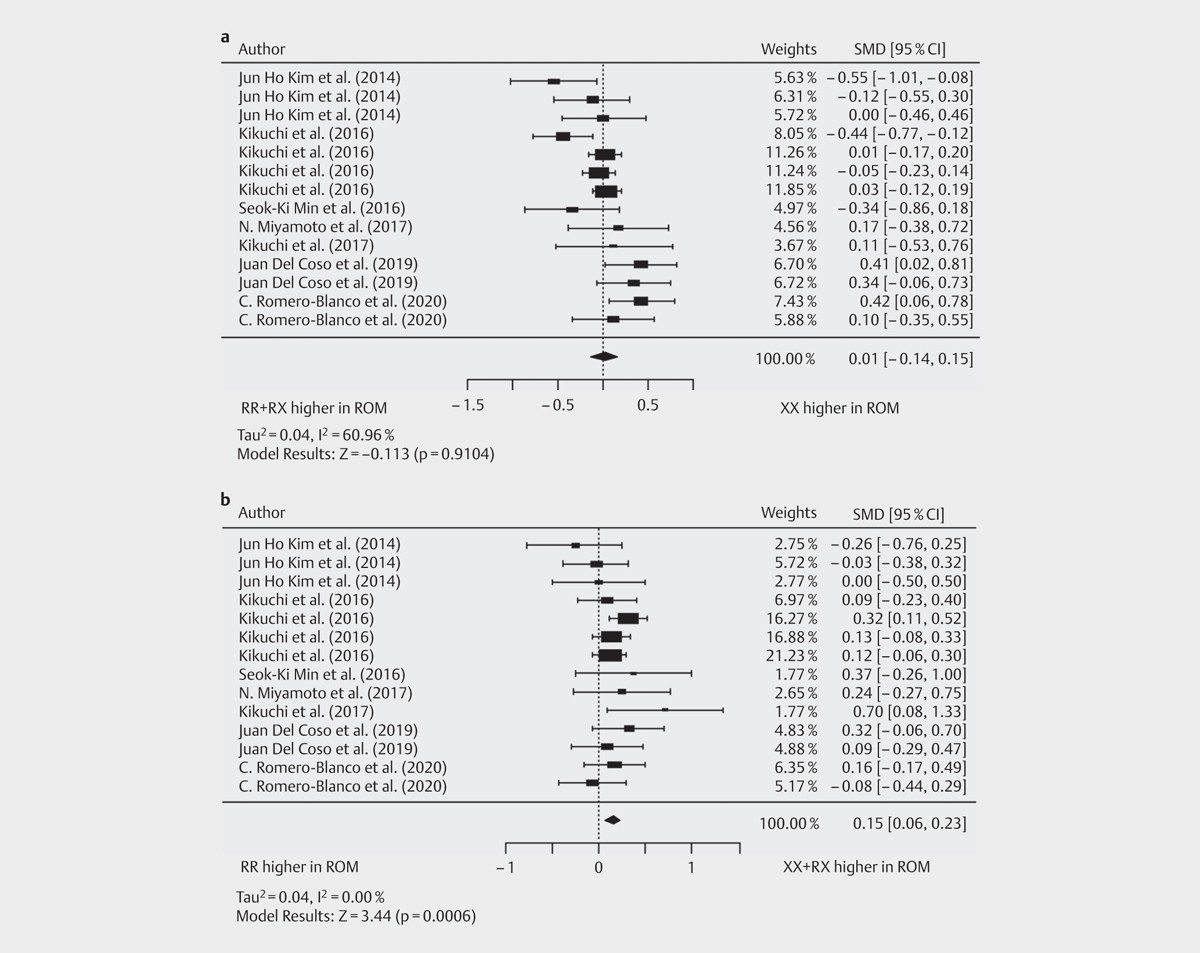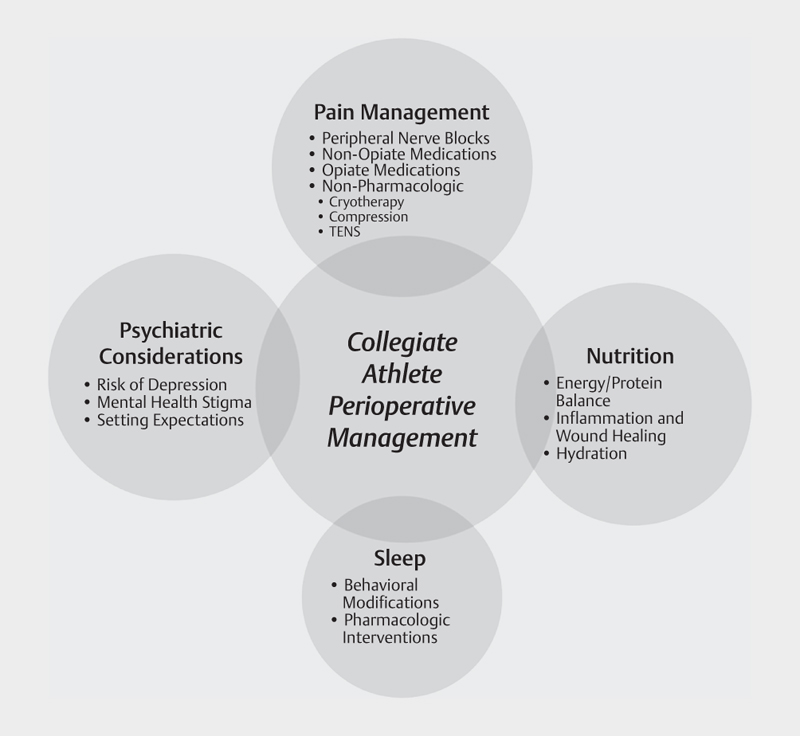
运动医学 ○ 精选论文
Review
Exercise Changes Gut Microbiota: A New Idea to Explain that Exercise Improves Autism
Yaqi Xue, Shasha An, Weihua Qiu, Weinan Zhang, Limin Fu, Zhiping Zhen
The effect of exercise interventions on autism spectrum disorder (ASD) has been demonstrated in many studies, and the discovery of a bidirectional relationship between the gut microbiome (GM) and the central nervous system (CNS) has led to the concept of the microbial gut-brain axis (MGBA) and has linked the abnormal GM to a variety of neuropsychiatric disorders, autism being one of them. Research on improving the GM through exercise is also starting to come into focus. However, there are currently few studies on exercise intervention in the GM of autism. The purpose of this review was to find evidence to explore the possible potential effects of exercise to improve the behavior of individuals with autism in the MGBA in this treatment, as well as the potential of GM as an exercise treatment for autism. We will explore (1) changes in GM components of ASD and their relationship to the pathophysiology of ASD; (2) the relationship between exercise and changes in GM components, and (3) the effect of exercise on GM in CNS disorders. Ultimately, Xue et al concluded that Streptococcus, Bifidobacterium, Clostridium, Bacteroides, and Blautia may be potential effectors through the MGBA network during exercise to ameliorate ASD targeting microbiotas. They deserve high attention in the follow-up studies.

Review
Mika Saito, Hirofumi Zempo, Kathleen Yasmin de Almeida, Hiroki Homma, Naoki Kikuchi
The R577X polymorphism in the α-actinin-3 gene (ACTN3) is associated with muscle strength and power; there is an association between ACTN3 R577X polymorphism and range of motion (ROM). The authors examined the effect of the ACTN3 R577X polymorphism on ROM through meta-analysis and systematic review. Relevant studies published before April 14, 2022 were identified from the PubMed database using the following keywords and Boolean operators: (“flexibility” or “Joint Range of Motion” or “Joint Flexibility” or “Range of motion”) and (“ACTN3” or “alpha-actinin 3”). Studies that met the following criteria were included: (1) published in English, (2) included human subjects, (3) provided ROM measurements, and (4) analyzed the ACTN3 R577X genotype. A total of 2908 participants from seven studies were included in the meta-analysis. The additive genetic model was assessed using a meta-regression model, and dominant and recessive models were analyzed using a random effects model. The ROM in the XX+RX genotype was significantly higher than that in the RR genotype (recessive model: p<0.001), and it increased additively in the order XX>RX>RR (additive model: p=0.029). However, no significant association was observed in the dominant model. These findings further elucidate the association between flexibility and the ACTN3 R577X genotype.

Review - Sports Medicine International Open
Perioperative Management in the Collegiate Athlete: An Integrated Approach
Caitlin M. Rugg, Jordan H. Ginder, Ananyaa Bharadwaj, Rock Vomer, Gregory A. Dale, Jennifer Ketterly, Hap Zarzour, Annunziato Amendola, Brian C. Lau
Collegiate athletes face rigorous physical, academic, and emotional demands. While significant attention has been paid to injury prevention among young athletes in the past two decades, orthopedic injury rates remain high among collegiate athletes, and a significant number will undergo surgical management for injuries each year. In this narrative review, Rugg et al describe techniques for perioperative management of pain and stress after surgery in collegiate athletes. In particular, the authors outline pharmacologic and non-pharmacologic management of surgical pain, with a goal of minimizing opiate consumption. They emphasize a multi-disciplinary approach to optimizing post-operative recovery in collegiate athletes help minimize reliance on opiate pain medication. Additionally, Rugg et all recommend that institutional resources should be harnessed to support athletes in their well-being, from a nutritional, psychological and sleep standpoint. Critical to success in perioperative pain management is the communication among the athletic medicine team members and with the athlete and family to address pain and stress management and encourage timely, safe return to play.

